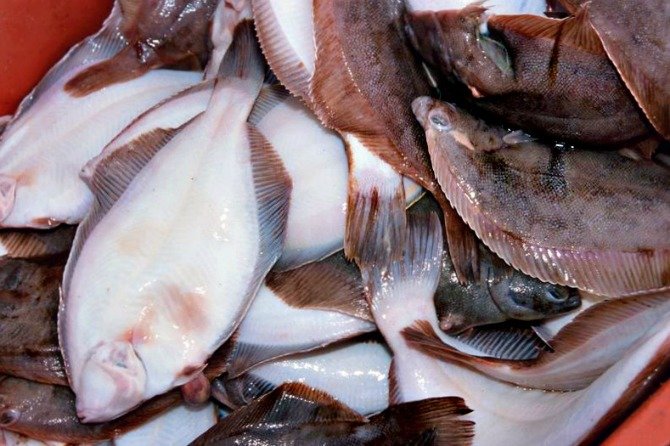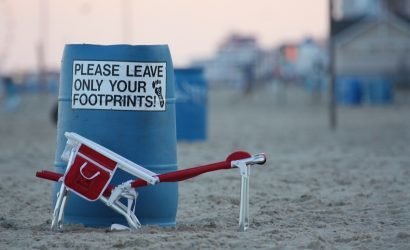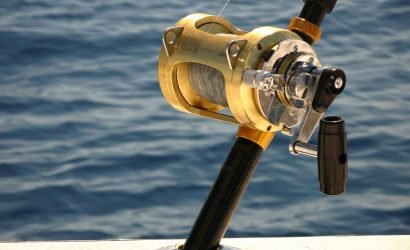Written by Shawn J. Soper, News Editor of The Dispatch
After years of season closures and shrinking keeper size limits and creel limits, Maryland’s summer flounder season opened last Thursday with some of the loosest regulations in recent memory.
The Maryland Department of Natural Resources (DNR) reported the flounder season opened in state waters just after midnight on Thursday, March 28 and will remain open until just before midnight on Dec. 31.
For several years, the flounder season in and around the resort area was often closed at different points in the season in the interest of conservation based on what many call a flawed catch data collection system.
Perhaps more importantly, the minimum keeper size and creel limits for flounder are relaxed this season to levels not seen in recent years. After climbing to as high as 18 inches just two years ago, which made keepers few and far between, the minimum size limit for this year is set at 16 inches. Similarly, recreational anglers will be to keep up to four flounder this season, up from the three-fish maximum in recent years. With flounder such an important staple of the recreational fishery in Ocean City, local captains were generally pleased with the loosened regulations announced this week.
“It is nice to get a lower size limit and no closure for a change,” said Chris Mizurak, captain of the popular Angler headboat this week. “We should have more keepers and that usually translates into happy customers.”
However, Mizurak, like most area captains is a little wary of the rug being pulled out from under the recreational flounder fishery by the very catch estimates that allowed the loosened regulations.
“My only worry is the data that is being used,” he said. “The numbers are so far off that it could easily go the other way, and we would be looking at a higher size limit or closure in the future.”
Like Mizurak, Captain Monty Hawkins of the Morning Star welcomed the relaxed regulations for flounder, but warned about the wide disparity in the catch estimates in one of the mid-Atlantic’s toughest states for fishing regulations.
“In my estimation, Maryland has been the second most restrictive state when it comes to flounder regulations,” he said. “There’s really no biological reason to have different size limits from lower New Jersey to Cape Hatteras because the marine and estuarine systems are fairly homogenous. We should all have same seasons and limits. However, because of the vagaries in recreational catch estimates have widely divergent regulations.”
Hawkins pointed out the disparity in the catch reports. For example, last year the official estimate for Maryland private and rental boats was zero in May and June when the season was open and the weather was fine. On the opposite end of the spectrum, in one memorable example dating back to September and October of 2007, the shore-only estimate for flounder in Maryland came in at over 39,000, which is far more flounder than all private and charter boats could catch in 15 years. State and federal fisheries management officials often rely on called-in catch reports and anecdotal evidence collected from the docks and extrapolate the small data sample over the entire area. The wildly varying catch estimates could put the season dates and the minimum size and creel limits in jeopardy in the future.
“Because of this May-June estimate, the DNR was able to loosen flounder regulations and bring our season and size limits more in line with Virginia,” he said. “Unfortunately, whether this works in Ocean City’s favor long-term will not become apparent until new catch estimates occur throughout the season. It’s terrible to say, but I really don’t think what we actually catch has much influence on the data. Any emergency closure or further loosening in the future is a result of random estimates.”









